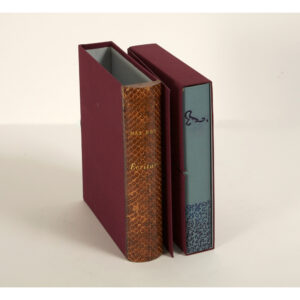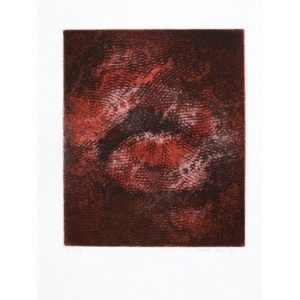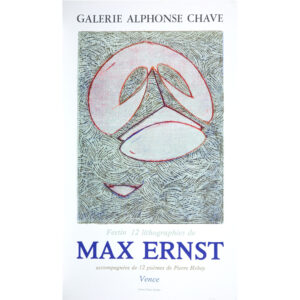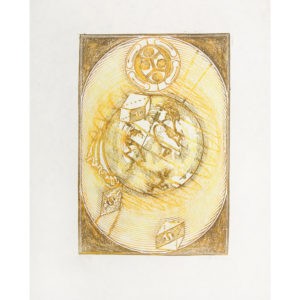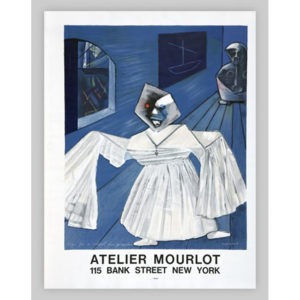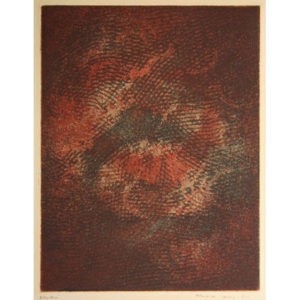Biography
Born in Brühl in 1891, Max Ernst learned drawing and painting from his father; he soon abandoned his studies in philosophy to devote himself to it.
His first paintings, exhibited in Berlin in 1913, show the influence of Expressionism and Cubism. Enlisted in the German army during the First World War, Ernst took an interest in certain protest movements, notably anti-militarism. Thus, after the war, Ernst's work moved closer to Dadaism, and in 1920 he published a
album of lithographs dadaists,
Fiat modes pereat ars. In the same year, he took part in the "Dada-Vorfrühling" exhibition in Cologne, alongside Hans Arp and
Francis Picabiabut this is forbidden by the police.
In 1922, Ernst joined the Surrealist community in Paris, where he became a major figure thanks to his technical experiments (rubbing, scratching, collage) and his rich imagination influenced by metaphysical painting, German folklore and fantastic realism. He befriended a number of authors and artists, including Paul Eluard and
Alberto GiacomettiThis led to his interest in sculpture in the early 30s. Following disagreements with André Breton, Ernst left the Surrealist group in 1938, and was forced to flee to the United States in 1941 with his wife Peggy Guggenheim. In New York, he met Marcel Duchamp and
Marc Chagall and experimented with new techniques such as dripping, made famous by Jackson Pollock.
Ernst returned to France in the 50s, where he remained until the end of his life. During these years in France, he continued to produce extensively alongside his artist friends, illustrating texts by Benjamin Peret (
Death to the cows and the field of honor,
La Brebis galante...). After his death in 1976, Ernst continued to be honored by many artists and art lovers, who praised the diversity and inventiveness of his work, including the paintings
Après moi le sommeil or Le Jardin de La France (Musée National d'Art Moderne, Paris) or the sculpture
The Great Assistant (Quartier de l'Horloge, Paris).

